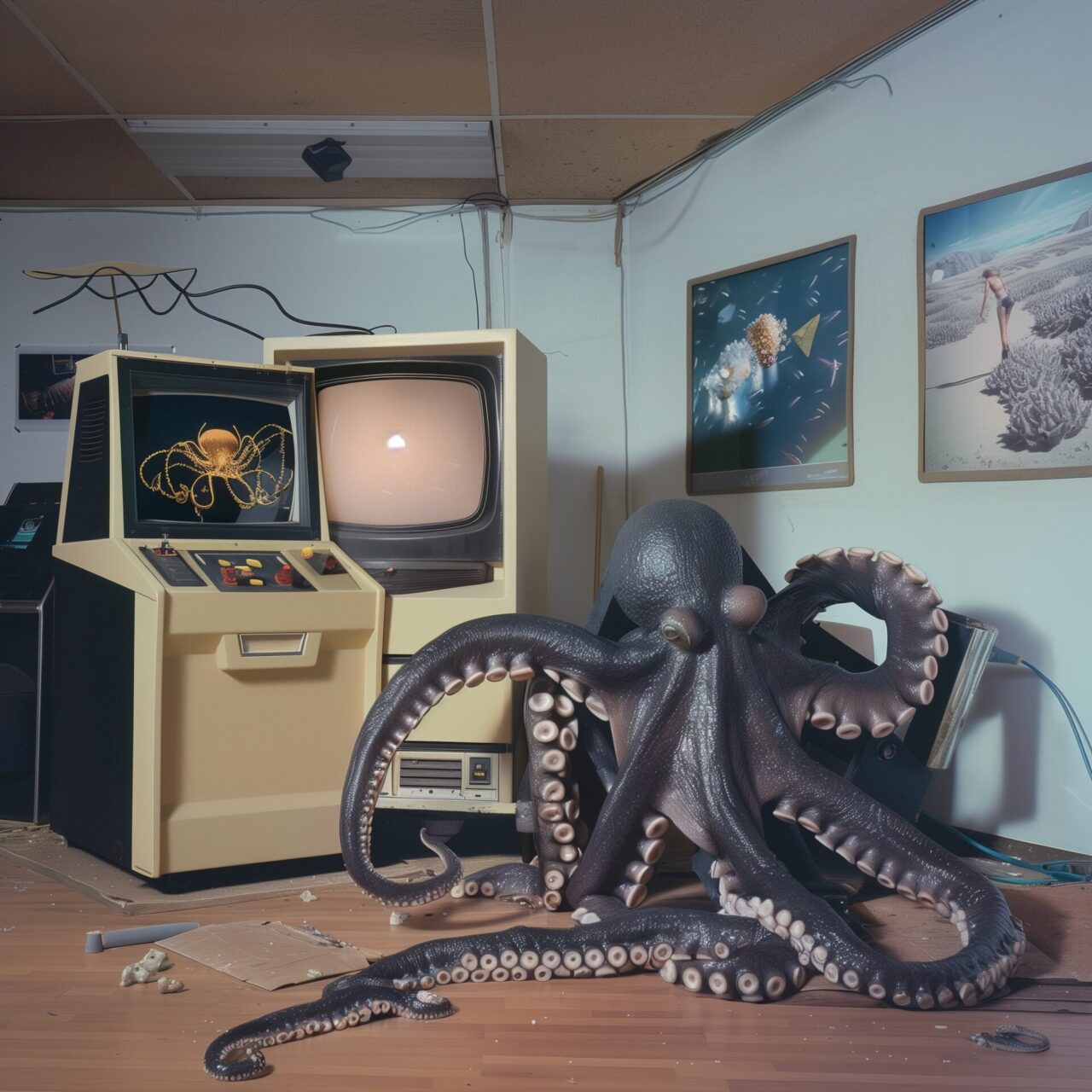
The evolution of toy robots
The world of toy robots has evolved from simple mechanical figures to sophisticated, interactive companions that blur the boundaries between toys, educational tools and household technology. This fascinating journey through the evolution of toy robots reflects not only technological progress, but also our changing relationship with machines and artificial intelligence.
Beginnings in mechanics
The first toy robots in the first half of the 20th century were often mechanical marvels driven by simple mechanisms such as wind-up motors and gears. These robots could perform basic movements and were seen as a novelty and curiosity. One famous example is the “Lilliput”, the first mass-produced toy robot from the 1930s, which could only perform simple movements.
The influence of pop culture
With the rise of science fiction in pop culture, particularly through films and television programmes such as “Star Wars” and “Lost in Space”, toy robots began to show more personality and capabilities. In the 1970s and 1980s, they were increasingly marketed as potential companions or even educational assistants. Models such as Tomy’s “Omnibot” from the 1980s already offered the ability to perform pre-programmed actions and could carry simple objects.
Digital revolution and artificial intelligence
However, the real revolution in the world of toy robots began with the advent of digital technology and later artificial intelligence. Modern toy robots are equipped with sensors, microprocessors and sometimes even the ability to process speech. Products like “Cozmo” by Anki, released in the 2010s, show how far the concept of the toy robot has come. Cozmo can learn, recognise its surroundings, interact with its owner and even express emotions.

Educational potential
In addition to entertainment, modern toy robots have strong educational potential. They are used to teach children STEM subjects (maths, computer science, science and technology) and teach them basic programming and problem-solving skills. Robots such as the Lego Mindstorms kit allow children (and adults) to build and programme their own robots, promoting a deep understanding of logical thinking and engineering.
Future trends
The future of toy robots could go even further into the integration of AR (augmented reality) and VR (virtual reality) as well as further personalisation through AI. Toy robots are expected to become even more interactive and potentially serve as everyday companions for children and adults, offering both educational and entertainment value.


